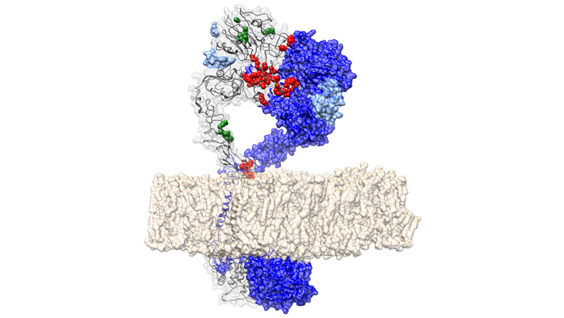The National Institute of Health is getting a $2 billion funding increase, giving biomedical research institutions a good reason to celebrate the new year. The increase represents a big turnaround for the agency that has been working with a stagnant budget since 2003. The funding boost promises to ignite the science—and the scientists—that rely on government funding to find new ways to prevent disease and improve health.
“NIH funding fuels some of the most important, influential research that expands our understanding of diseases, and funds new approaches to prevent, diagnose, treat, and in some cases even cure illnesses that impact world health,” said Kristiina Vuori, MD, PhD, president of SBP. “This increase in NIH funding will help SBP—and similar biomedical medical research institutions—to continue to make groundbreaking scientific discoveries and translate our findings into applied medicine for the benefit of patients. We couldn’t be more pleased.”
SBP, which ranks in the top four of NIH awards to independent research organizations, has a big reason to celebrate. Almost 50% of the funding for our primary research areas—cancer, neuroscience, immunity, and disorders of the metabolism—comes from NIH grants. Moreover, the money helps support the more than 800 scientific staff at SBP that are directly making and advancing our discoveries.
Included in the $2 billion are $200 million for precision medicine, an additional $350 million for Alzheimer’s disease research, and $85 million for the BRAIN Initiative—the project to map the human brain.
The approval of the spending bill is a significant bipartisan achievement by a Congress that became convinced that investing in medical science is a good use of taxpayer money.
Congratulations to all involved, especially NIH Director Francis Collin for his ongoing efforts to bring this to a successful outcome.



